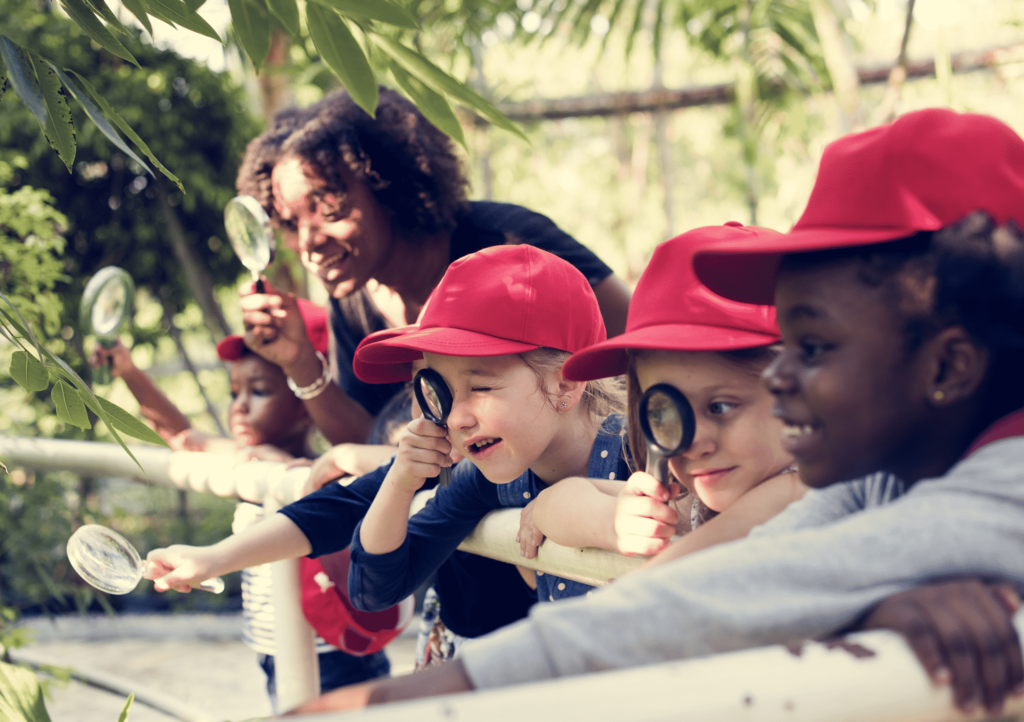
How do parents teach their young babies to walk? As infants transforming into toddlers, they cannot yet sit still for the ‘classroom portions’ of the walking process. Close your eyes and envision a small child learning that walking is just a well-controlled process of falling forward without falling down.
It’s probably not necessary for me to clarify, but all of the above is silliness because the vast majority of those who read this article will intuitively understand that swimming, riding a bicycle and even taking initial baby steps are experiences. These are lessons that we learn by doing. In fact so much so, that often the majority of us struggle to explain them because, even though we are now good at them, they are, at least in the initial stages, more intuitive and experiential than they are lesson-based skills.
Today, there are a variety of meaningful ideas, movements, and trends in education that embrace this and seek to provide students with deeper and more meaningful learning EXPERIENCES.
Project-Based Learning seeks to create an environment in which students pursue a task, driven by their passions and interests. Within pursuing those passions and interests, teachers structure experiences to meet learning objectives in meaningful ways. The resulting public products aren’t shared only with the teacher, they are meant to be shared more broadly with the community and the world. This model can seem daunting to some because the projects can be hard to contain to a class setting, and they may be harder to envision than a simple worksheet geared toward the completion of a single learning objective. PBL has grown popular for students young and old because it creates opportunities for students to learn to ‘swim’ more effectively through, not just the learning objective, but the challenges and obstacles that life presents us. PBL projects provide an activity with a real-world context while learning a concept.
Four years ago, a group of New Hampshire fourth graders worked with their teachers to write a bill that would name the Red Tailed Hawk the official state raptor. In a shocking turn of events, a group of state legislators began to criticise, then mock the bill, before ultimately voting it down while the students were present in the chamber. The episode created a national furor, eventually earning the criticism of John Oliver.1 The event started a discussion about how respectful the legislature was to the concerns of citizens, even the youngest of them. However, the story doesn’t end there. In March of this year, the students, who are now eighth graders, came together to propose a new bill, this time armed with their experience and broad public support.2 This time the bill was passed with unanimous support.
How to get started: Good PBL starts with a compelling question. One teacher challenged her 8-year-olds with a project that she hoped would teach them about money, economics and their local community as well. She asked, ‘How can we create a successful business in our community?’ They spoke with local business owners, developed a product and created a business plan, an experience that went far deeper than worksheets. Another teacher asked his students, ‘What can we do locally to protect the environment?’ Eventually, the students worked to clean up a local creek and began exploring ways that the community could keep pollutants from the waterway. If you are looking to begin, PBL Works by the BUCK Institute is a great resource for information about how to plan and structure experiences.3 Their project planner will help you to construct a meaningful experience of your own.